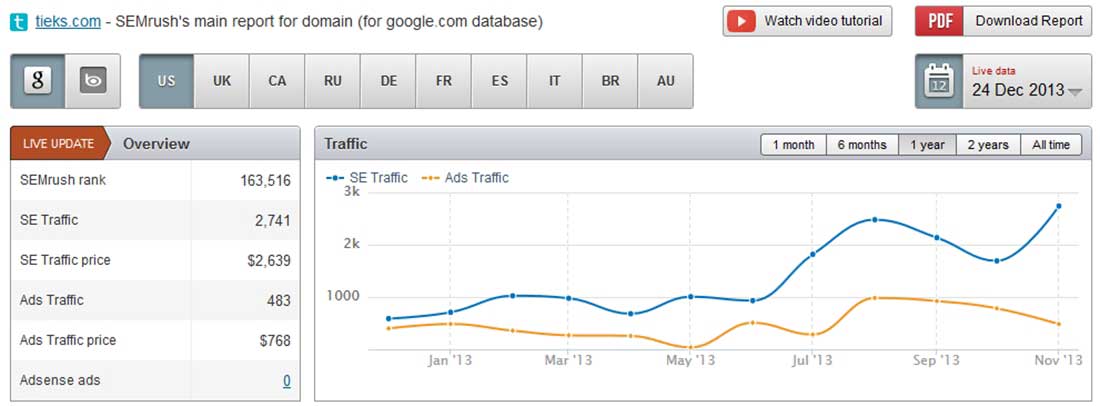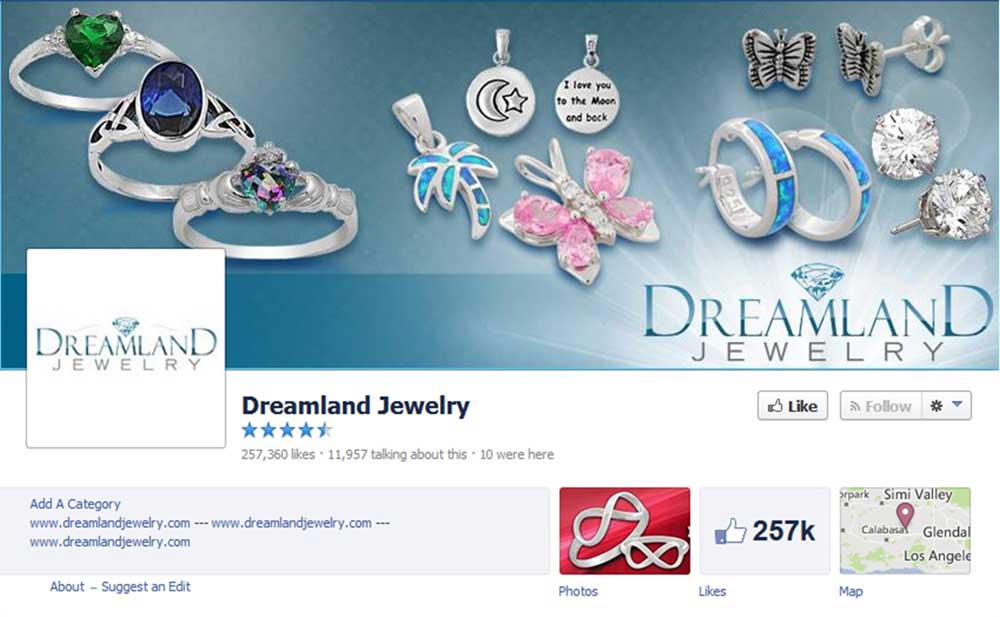For many marketers and business owners, the first thing that comes to mind when promoting online stores is the Google organic search page.
Let's take a look, below, at Google's search results page for the keyphrase "buy iPhone 5s."
So what are the chances of selling the iPhone solely by trying to appear on the first page of the search results?
All but none. And we have to admit that's a typical situation for many e-commerce sites nowadays.
The times when e-commerce marketing was possible merely by search engine optimization have long passed. Now, online stores have access to a great selection of tactics, tools, and channels for e-commerce site promotion. By combining them, you can get optimal results.
Let's take a look at what the opportunities are for integrated multichannel marketing for your online store.
Comparison-Shopping Engines
According to Consumer Features research (PDF) , 52% of users regularly use price-comparison sites when making purchases online. The top goals of these users are...
- Bargain-hunt to get the best deal: 85%
- Compare prices: 83%
- Save money: 79%
Volusion measured ROI for online merchants using its shopping-comparison engine, and concluded that for every $1.00 invested, the merchant's return was $3.70.
There are lots of price-comparison sites, free and paid. The following are among the more popular:
Paid
- Google Products Listing Ads
- Nextag
- Pricegrabber
- Shopping.com
- Bing Merchant
- Shopzilla
- Become
- Pronto
- Amazon Products Ads
And here you can review recent research on different price-comparison sites' effectiveness.
Free
Also, you can find niche price-comparisons sites, for example these:
- StyleInView—fashion-site comparison
- PopSugar—another fashion-site comparison
- Acsearch.info, mcsearch.info, and CoinCommunity—niche sites on vintage coins
Organic and Paid Search Traffic
Search engines nevertheless remain a source of substantial traffic and revenue for many sites—via organic search and paid search.
Organic search
1. First you should analyze Google Analytics organic traffic revenue to see how profitable it is to invest in it further and to evaluate the dynamics in revenue over time.
2. Also check site position and traffic dynamics on a tool like SEMRush:
3. Ensure that the basics are properly set up on the site:
- A correct sitemap to speed up new inventory
- Titles and product descriptions contains the name of the product, ideally with popular words such as "buy"
- Product filters have separate URLs (for example www.site.com/tablets/ipad ) and product pages contain unique content optimized for relevant searches
- Ideally, you should invest in as many unique product descriptions as possible
That is just the tip of the iceberg of things you can improve on the site. The larger and more reputable the online store, the better results can be achieved by improving site structure and content. Usually you can achieve 30-50% increase in organic traffic for a wide range of products that have been available for 5-6 years, solely through internal optimization.
4. Determine link and outreach strategy
- Find a community that your costumers visit regularly, and prepare and publish decent content there. (Facebook Graph Search, which we will discuss below, will help you to understand what your customers and your competitors' customers interests are.)
- Negotiate with bloggers on a test drive of goods you offer or of the entire shop.
- Break into publications and blogs that write on the subject relevant to your business. (Their task of creating interesting content is not easier than your task of content distribution and promotion of your online store; you therefore have a mutually beneficial potential relationship.)
Paid search
- If you haven't set up remarketing yet, do it today. It will allow you to engage those visitors who left your site without accomplishing a particular task (didn't add the products to the cart, started purchase process but didn't finish it, bought a product but didn't buy any accompanying products, etc.).
- Dynamic remarketing is another powerful tool, when the user is shown several different products that he recently reviewed (if you've ever booked hotels on Booking.com, then most likely you have seen banners for the hotels you recently viewed on other sites).
- Arrange campaigns and ads groups based on the location, language, product categories, and landing pages. Even now there are some accounts where ads simply direct users to the main page.
- Set up automatic synchronization of inventory, prices, stock availability, and PPC campaigns. You do not have to do manually what can be done automatically.
- Use Google Merchant Center.
- If you advertise not only on Google AdWords, make sure you track all traffic and expenses in Google AdWords in order to track ROI (including keywords and ad texts).
Social Networks
Facebook provides great opportunities for brand promotion. And the sexier your products are, the more opportunities Facebook gives you.
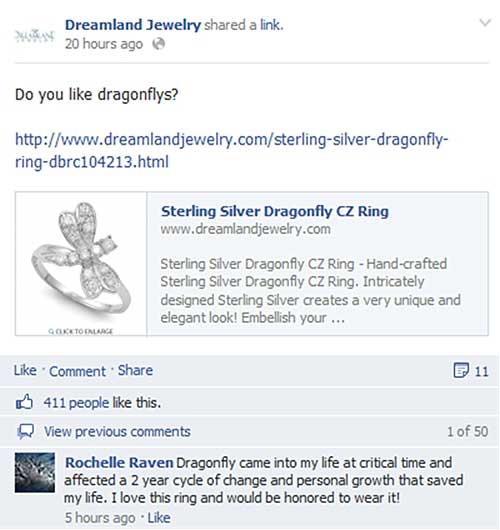
Dreamland's strategy, for example, is quite simple. It posts a beautiful piece of jewelry with a simple engaging question and product URL 3-4 times a day. Every post gets several hundred likes, a few dozen comments, and lots of sales.
The company's page on Facebook is growing by leaps and bounds:
To enhance the impact of Facebook, you can use a Facebook application that engages the user, invites him to participate in a contest or a game, and in doing so gets him to Like the page. This is similar to conversion rate optimization for a website. Its goal is to increase the impact of a company's Facebook page traffic sources.
Facebook Graph Search
You can't miss out on this powerful tool on Facebook. With the help of Facebook Graph Search, you can find out, for example, which Zales fans who live in New York like to play poker:

You can go even further. With the help of simple script you can export Facebook IDs of your target audience and run separate promo campaigns on Facebook for them. You can target your competitors' audience, offering free goods (for example) and thus convert them into your loyal audience. A more advanced option is to form a micro audience (50-100 people) and therefore achieve an incredibly low cost per click with precisely targeted ads.
YouTube
Customers who watch product video reviews buy 144% more than those who don't. But videos are useful not only for conversions. By organizing all of your videos on a YouTube channel and optimizing them for organic traffic, you can substantially increase traffic and sales.
A good move is to use a "create a celebrity" strategy. For example, you can invite good-looking/charismatic presenter, in the hope that over time he/she becomes a celebrity while promoting your products.
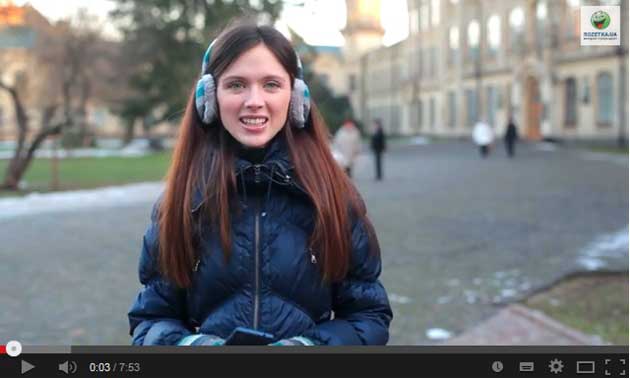
Twitter, Pinterest, and Instagram
Maximum attention should be devoted to Facebook, but if you have the opportunity... you shouldn't forget about other marketing channels: Twitter, Pinterest, and Instagram.
Twitter offers companies the opportunity to do Promoted Tweets and Promoted Accounts with the following targeting options (show ads of your choice in the news feed or in the search results):

Also, you can target by devices (iOS/Android/Desktop) and by gender.
At the moment, Pinterest is still experimenting with promoted pins; therefore, it is going to be difficult to improve any marketing activities there via paid methods. Nevertheless, you should invest the time in account creation and conduct some minimal activity there.
Many brands have managed to create communities there (for example, Zales has about 27,000 subscribers on Pinterest).
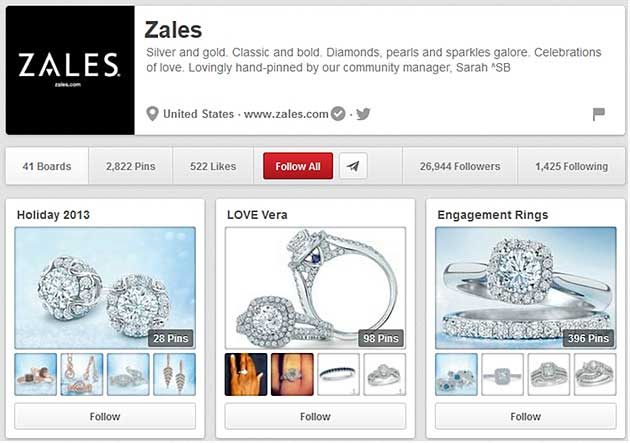
The situation is similar for Instagram. You should set up an account and keep it alive, but you should invest some minimal time, as even large internet-stores have relatively small communities (Zales has 6,400 followers).
Email Marketing
You client base is the best source of repeat sales. A few quick ideas:
Transaction Messages
What can be easier than adding a small block of text, such as "You may also like…" in your "Thank you for your purchase" message?
Trigger messages
Emails that are triggered by specific occasions, such as the following:
- Birthday
- VIP customer, above a certain threshold of purchases
- Regular review of certain goods without a purchase
- Client has not visited the site for a long time
- Offer to leave a feedback about the purchased product
- Promotional emails 20-30 days before the holidays (Halloween, Christmas, Valentines...)
Segments
For example, for a "subscribers" segment (users who registered but didn't make the purchase), you might run the following message campaign:
- Thank you for registration (few minutes after the user left the site)
- Activation bonus, limited time offer (day after the registration)
- Second activation attempt
- Transition of the subsequent messages into informational channel (for example fashion news)
You should determine the segments and corresponding series of messages for each segment.
Summary
Constant work on improving conversion, increasing customer life cycle by using email marketing, Facebook promotions, YouTube channels, Google Merchant Center, and AdWords, among other tools and media, all the while still keeping an eye on organic traffic, you can maximally diversify you marketing channels and protect your business against unexpected events.
The future is in integrated marketing, and that future is now.


